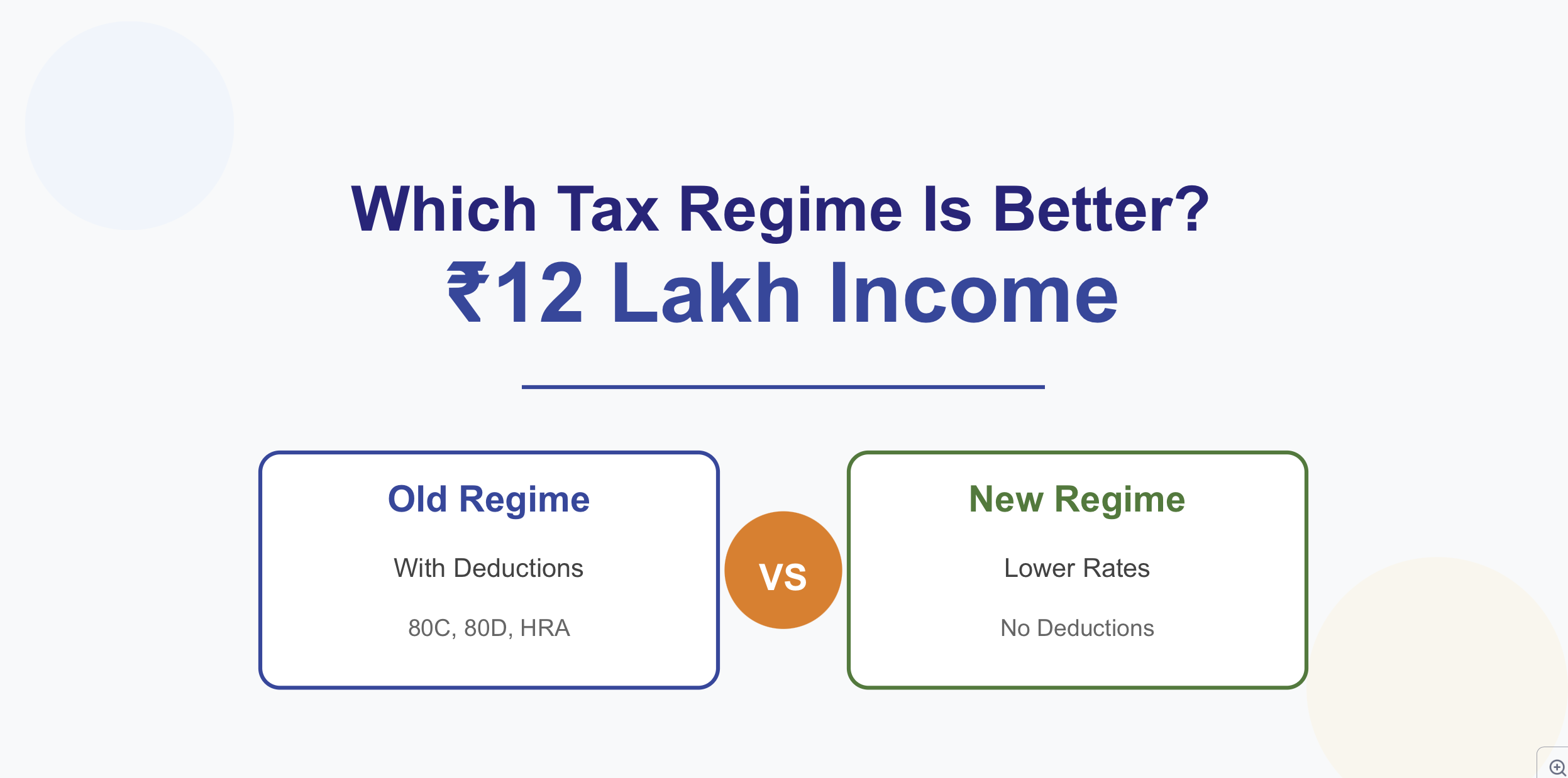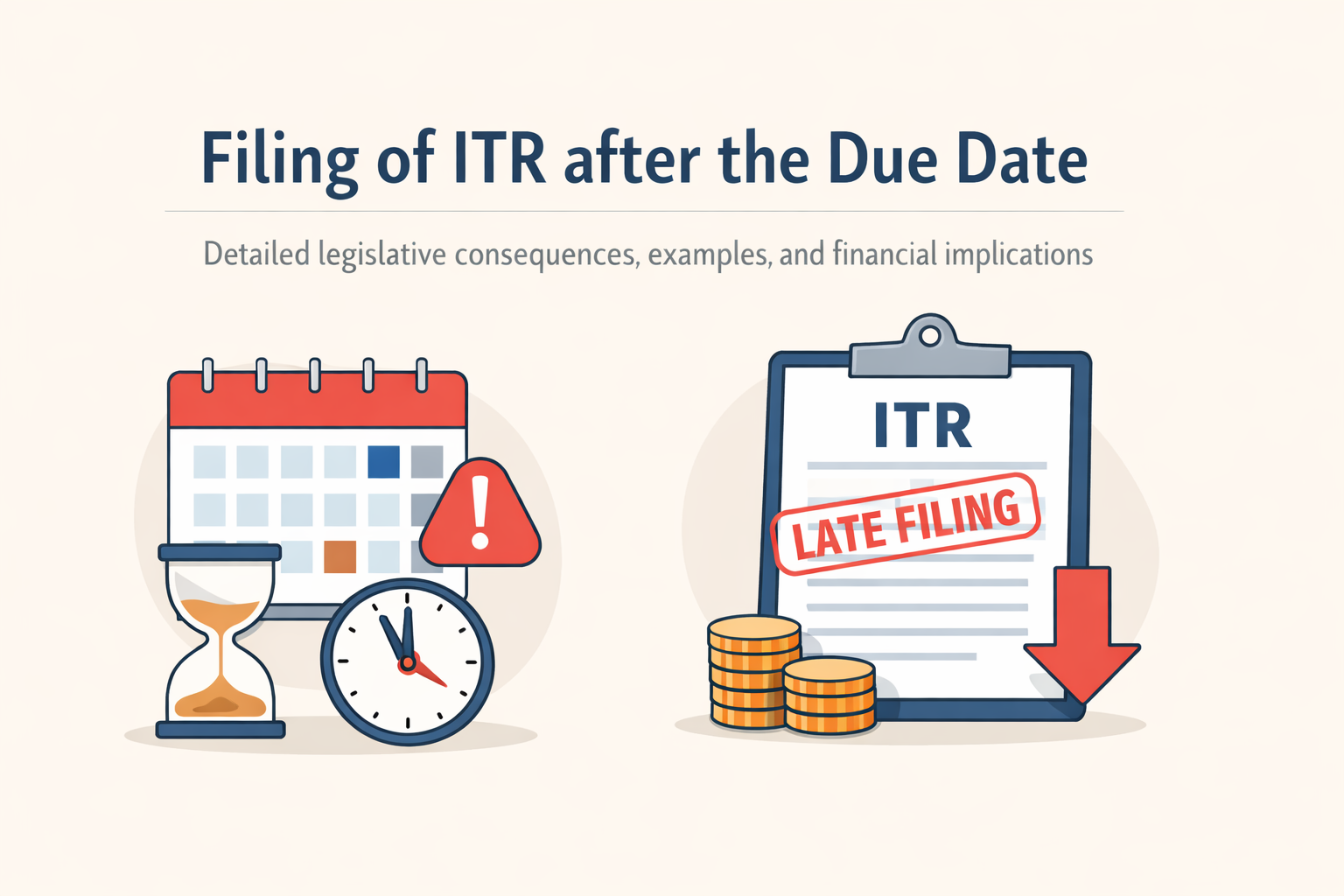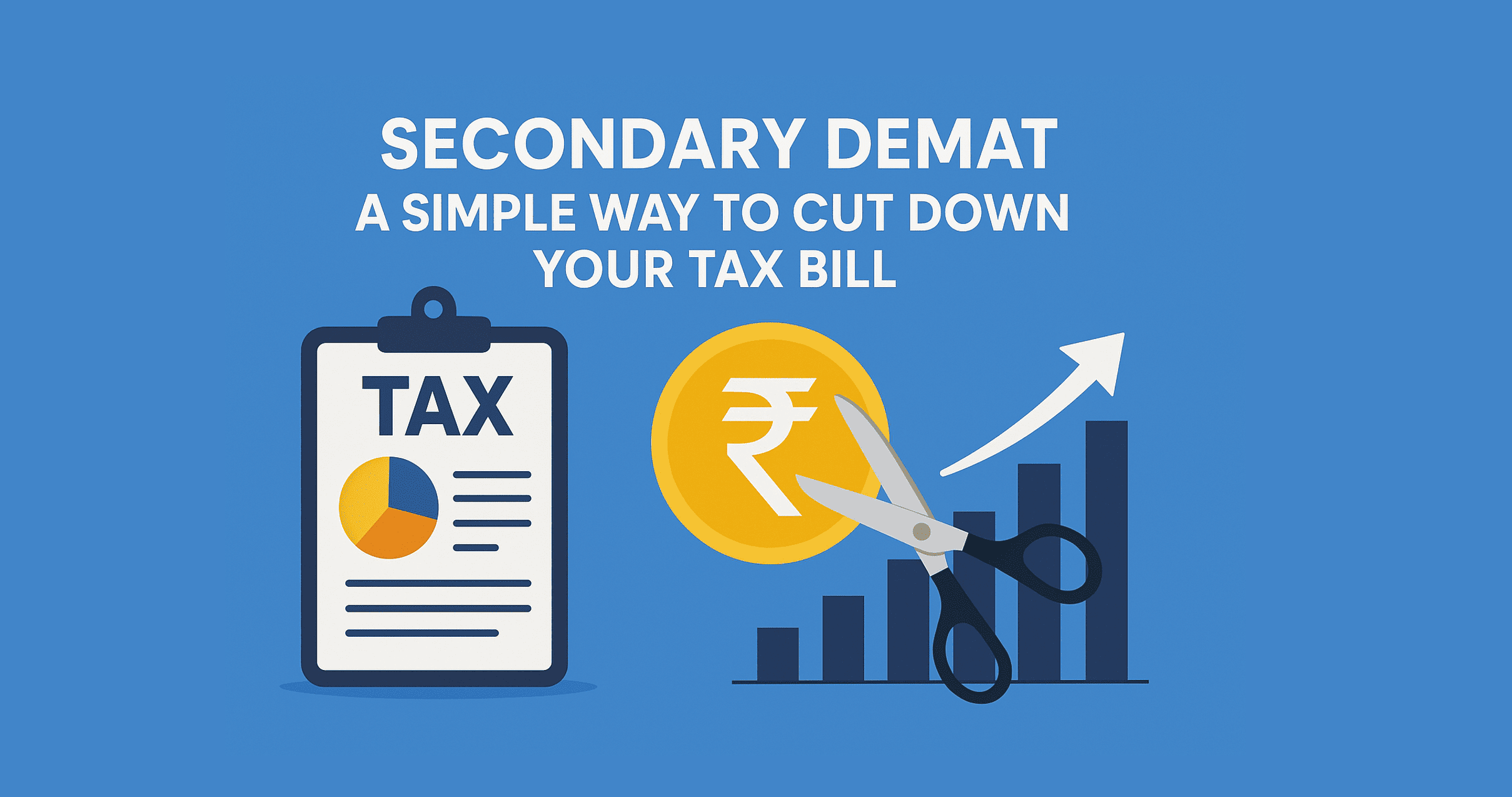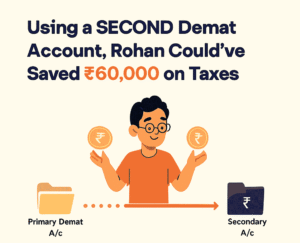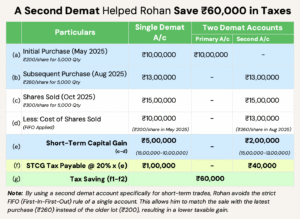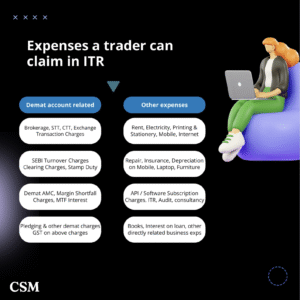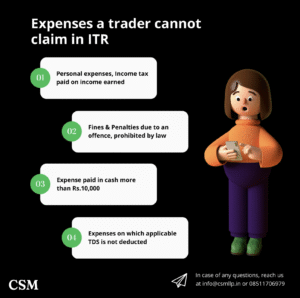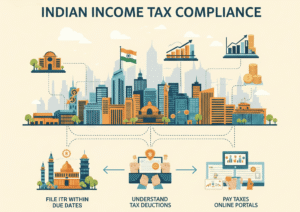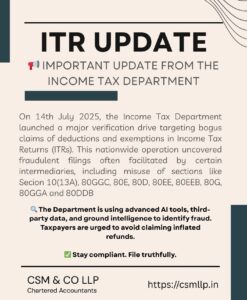Missing an income tax return due date under section 139(1) is not a harmless slip—it triggers a defined chain of statutory consequences spanning fees, interest, denial of benefits, assessments, penalties, and even prosecution. This blog compiles the relevant provisions, quotes key language from the Act for precision, and illustrates with worked examples so you can see the real money impact.
Core filing obligation and timelines
Section 139(1): Who must file and by when 🗓️📄
“Every person,— (a) being a company or a firm; or (b) being a person other than a company or a firm, if his total income … during the previous year exceeded the maximum amount which is not chargeable to income-tax, shall, on or before the due date, furnish a return of his income … in the prescribed form and verified in the prescribed manner…” 🏛️📄
“Due date” includes, broadly: —
| Sr. No. |
Due dates |
Required Assessees |
| 1. |
31st July or extended date |
For persons not required to get accounts audited 🗓️ |
| 2. |
31st October or extended date |
For persons who are required to get accounts audited 🗂️ |
| 3. |
30th November or extended date |
For persons who are covered by transfer pricing report requirements 🏢 |
- Additional compulsions to file: 📝🔥 Separate provisos and notifications require filing even below the basic exemption in specified cases (e.g., foreign assets/signing authority; high-value transactions; section 139(1) fourth proviso for residents other than not ordinarily resident holding foreign assets).
- Practical pointer: Total income for the threshold test is computed before giving effect to chapter VI-A deductions and certain exemptions. 🧮
What if you missed the due date?

Belated return window 🕰️🧾
Section 139(4): Belated return
“Any person who has not furnished a return within the time allowed to him under sub-section (1) may furnish the return for any previous year at any time before three months prior to the end of the relevant assessment year or before the completion of the assessment, whichever is earlier.”
- Effect: You can still file, but you will pay late fee and interest, and you lose certain benefits tied to timely filing.
Section 139(5): Revised return 🔄✍️
“If any person, having furnished a return under sub-section (1) or sub-section (4), discovers any omission or any wrong statement therein, he may furnish a revised return … within the time allowed under sub-section (4).”
- Effect: You can correct genuine mistakes, but only within the same reduced time frame (generally up to 31 December of the assessment year).
Section 139(9): Defective return ⚠️📄
“Where the Assessing Officer considers that the return of income furnished by the assessee is defective, he may intimate the defect … and if such defect is not rectified … the return shall be treated as an invalid return, and the provisions of this Act shall apply as if the assessee had failed to furnish the return.”
- Effect: A defective return that is not cured becomes “non-filing” in law, with all attendant consequences.
Consequences that hit your pocket
Late filing fee
Section 234F: Fee for default in furnishing return
“Where a person required to furnish a return of income under section 139, fails to do so within the time prescribed … he shall pay, by way of fee, a sum of five thousand rupees: Provided that if the total income of the person does not exceed five lakh rupees, the fee payable shall not exceed one thousand rupees.”
- Financial implication:
- Income > ₹5,00,000: ₹5,000
- Income ≤ ₹5,00,000: ₹1,000
Interest for delay and shortfall
Section 234A: Interest for defaults in furnishing return
“Where the return of income … is furnished after the due date … the assessee shall be liable to pay simple interest at the rate of one per cent for every month or part of a month comprised in the period from the date immediately following the due date to the date of furnishing of the return on the amount of the tax on the total income as determined … as reduced by [TDS/TCS, reliefs, advance tax, self-assessment tax already paid].”
- Financial implication: 1% per month (or part) on net tax payable till the date you file.
Section 234B: Interest for defaults in payment of advance tax
“An assessee who is liable to pay advance tax … has failed to pay such tax or … the advance tax paid is less than ninety per cent of the assessed tax, shall be liable to pay simple interest at the rate of one per cent for every month or part of a month … from 1st April of the assessment year to the date of determination under section 143(1) or regular assessment.”
Section 234C: Interest for deferment of advance tax
Imposes 1% per month for shortfalls against every installments, (15 June, 15 September, 15 December, 15 March) based on prescribed percentages of “tax due on returned income.”
- Financial implication: Even salaried taxpayers with significant “other income” can face 234B/234C if advance tax was not adequately paid.
- Denial of carry-forward of losses ✋📉
Section 139(3) read with Section 80: Filing return to carry forward loss
“If any person has sustained a loss in any previous year under the head ‘Profits and gains of business or profession’ or under the head Capital gains and claims that the loss or any part thereof should be carried forward … he may furnish a return of loss … within the time allowed under sub-section (1) of section 139…”
“No loss which has not been determined in pursuance of a return filed in accordance with the provisions of sub-section (3) of section 139, shall be carried forward and set off …” (Section 80)
- Exceptions: Carry-forward of house property loss [section 71B] and unabsorbed depreciation [section 32(2)] do not depend on timely filing.
Denial of certain deductions if filed late
Section 80C (and 10AA): Due date condition for key incentives
“Where … any deduction is admissible under any provision of this Chapter under the heading ‘C.—Deductions in respect of certain incomes’ … no such deduction shall be allowed unless the return of income for such assessment year is furnished by the due date specified under sub-section (1) of section 139.”
- Effect: Deductions like 80-IA/80-IB/80-IC, 80JJAA, etc., and 10AA (SEZ) are lost if the return is not filed by the section 139(1) due date.
Option to tax regime and due-date linkage (business/profession) ⛔💼
Section 115BAC(5)/(6): Exercise/withdrawal of option
The option for individuals/HUFs having business or professional income must be exercised “on or before the due date specified under sub-section (1) of section 139” and is generally binding for subsequent years unless withdrawn per rules.
- Effect: If you have business/professional income and miss the due date, your ability to choose the preferred regime for that year can be constrained by statute.
What the Department can do if you don’t file
Inquiry and best judgment
Section 142(1): Inquiry before assessment
“The Assessing Officer may serve on any person who has not made a return within the time allowed under sub-section (1) of section 139 a notice requiring him to furnish a return of his income … or to produce accounts or documents …”
- Non-compliance penalty: Repeated failures can invite penalties under section 272A(1) (₹10,000 per default).
Section 144: Best judgment assessment
“If any person fails to make the return required under sub-section (1) of section 139 and has not made a return or a revised return under sub-section (4) or sub-section (5) of that section, [or] fails to comply with all the terms of a notice issued under sub-section (1) of section 142 … the Assessing Officer … after taking into account all relevant material … shall make the assessment of the total income … to the best of his judgment…”
- Effect: Income can be estimated unfavourably; disallowances are common; protective additions may be made.
Reassessment exposure (if income has escaped assessment)
Section 148A/148: Notice and reassessment
If information suggests your income escaped assessment, the AO can (after following section 148A procedure) issue notice under section 148 requiring a return, even if you never filed originally.
Penalties and prosecution exposure
Under-reporting and misreporting
Section 270A: Penalty for under-reporting and misreporting of income
“The Assessing Officer … may direct that any person who has under-reported his income shall pay … a sum equal to fifty per cent of the amount of tax payable on under-reported income.” “In a case where under-reported income is in consequence of any misreporting … penalty shall be two hundred per cent of the amount of tax payable…”
- Examples of misreporting: Misrepresentation or suppression of facts, failure to record investments, false entries, etc.
- Prosecution for wilful non-filing
Section 276CC: Failure to furnish returns of income
“If a person wilfully fails to furnish in due time the return of income which he is required to furnish under sub-section (1) of section 139 … he shall be punishable,— (i) where the amount of tax, which would have been evaded if the failure had not been discovered, exceeds twenty-five lakh rupees, with rigorous imprisonment for a term which shall not be less than six months but which may extend to seven years and with fine; (ii) in any other case, with rigorous imprisonment for a term which shall not be less than three months but which may extend to two years and with fine.”
- Important provisos:
- No prosecution where tax payable on regular assessment is below the prescribed small amount threshold.
- Filing after detection does not cure the offence; courts have upheld prosecution even if you later file.
Updated return route if you missed income
Section 139(8A): Updated return; Section 140B: Tax on updated return
“Any person, whether or not he has furnished a return … may furnish an updated return … within twenty-four months from the end of the relevant assessment year.” “The person shall, before furnishing the updated return, pay the tax together with interest and fee … and the amount of additional tax payable shall be— (a) twenty-five per cent of aggregate of tax and interest, if furnished after the expiry of the time available under sub-section (4) or (5) of section 139 but before completion of twelve months …; (b) fifty per cent … if furnished after the expiry of twelve months but before twenty-four months …”
- Exclusions: Not available in certain cases (e.g., search/requisition/survey cases, or where it results in refund/increased refund).
Worked examples with ₹ impact of non-filing ITRs within due dates:
Example 1: Late salaried filer with tax payable and no advance tax
- Profile: Individual (non-audit), FY 2024-25 total income ₹12,00,000, tax payable on return ₹1,50,000 after TDS shortfall of ₹20,000, files on 31 October (3 months late).
- 234F fee: ₹5,000 (income > ₹5 lakh).
- 234A interest: 1% per month on unpaid self-assessment tax. Suppose net payable at filing is ₹20,000. For 3 months:
0.01×20,000×3=6000.01 \times 20{,}000 \times 3 = 600
- 234B interest: Advance tax paid < 90% of assessed tax; interest 1% per month from 1 April to date of intimation/assessment on assessed tax minus prepaid taxes. If assessed tax is ₹20,000:
0.01×20,000×7 (April–Oct)=1,400
- 234C interest: If quarterly advance tax installments were short, add typical few hundred to a couple thousand depending on timing.
- Total extra cost (illustrative): ₹5,000 + ₹600 + ₹1,400 ≈ ₹7,000 plus any 234C.
Example 2: Investor misses due date and loses carry-forward
- Profile: Individual with short-term capital loss ₹2,00,000 and small salary (TDS covers tax); files return on 15 November (belated).
- Consequence: Under sections 139(3) and 80, the ₹2,00,000 capital loss cannot be carried forward. Future gains will be fully taxable without set-off.
- Financial implication: If next year has ₹2,00,000 STCG at 15%, extra tax payable will be:
0.15×2,00,000=30,000 (+ surcharge/cess)0.15 \times 2{,}00{,}000 = 30{,}000\ (\text{+ surcharge/cess})
Example 3: Business assessee misses due date; deduction and regime impact
- Profile: Proprietor claiming 80JJAA and considering regime choice; misses 31 October due date.
- 80AC effect: Deduction under 80JJAA is disallowed for missing 139(1) due date—potentially large additional tax.
- 115BAC(5) effect (business income): Option to choose applicable regime must be exercised on or before 139(1) due date; missing it can lock the assessee into the default rule for the year.
Example 4: Non-filing leads to best judgment and penalty
- Profile: Professional with gross receipts ₹40 lakh does not file. AO issues 142(1) notice; no compliance; proceeds under 144, estimates income at 50% of receipts (illustrative) and levies 270A (under-reporting) on the difference.
- Financial implication: Not only full tax plus 234A/B/C, but also 50% penalty on the “under-reported tax,” potentially adding lakhs.
Compliance checklist if you are already late
- File the belated return under section 139(4):
- Deadline: Generally, 31 December of the assessment year, or earlier if assessment completes.
- Pay: 234F fee and compute 234A/B/C interest correctly.
- If income was missed earlier, consider updated return under 139(8A):
- Additional tax: 25% or 50% of tax+interest under section 140B, depending on timing.
- Check ineligibilities before use.
- Secure benefits that still survive a late return:
- Carry-forward allowed: House property loss, unabsorbed depreciation.
- Deductions unaffected by 80AC: General 80C/80D etc. can still be claimed if you file (but watch documentation and computation).
- Respond promptly to any 142(1)/148A notices:
- Avoid best judgment under section 144 and escalation to penalty/prosecution.
- If business/profession:
- Review 115BAC option timelines and document the chosen regime in the return or prescribed form.
Quick reference: sections and what they do
| Section |
What It Does |
| 139(1) |
Filing duties and deadlines 🗓️📄 |
| 139(3)/80 |
Carry forward losses’ rules 📉❌ |
| 139(4) |
Belated return deadline ⏳🧾 |
| 234F |
Flat late filing fee 💸💵 |
| 234A/B/C |
Interest for late/short tax payments 📈⏳ |
| 80AC/10AA |
Deduction forfeiture rules 💔🏦 |
| 142(1)/144 |
AO notices and assessments 📜⚖️ |
| 270A |
Penalty for under/misreporting 💸⚡ |
| 276CC |
Prosecution for non-filing 🚨🔒 |
If you have missed the due date for filing your tax returns then don’t worry but at the same time be cautious to file the belated tax returns. Filing belated return will attract certain penalties and interests but it will save you from various other proceedings.
